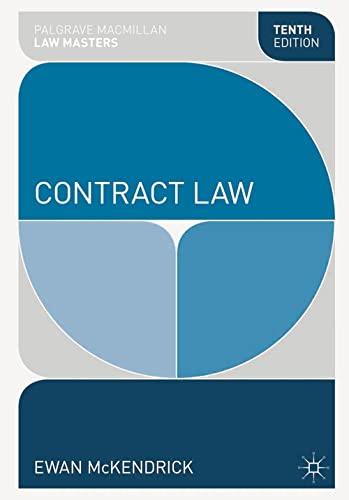Question
Age: 33 Marital status: Divorced and single Children: 6 y/o daughter, shares 50% custody Occupation: Registered nurse on disability Alcohol: 2-3 glasses of wine per
Age: 33
Marital status: Divorced and single
Children: 6 y/o daughter, shares 50% custody
Occupation: Registered nurse on disability
Alcohol: 2-3 glasses of wine per night; cannabis nightly for sleep
Pain complaint: Chronic low back pain
Setting: This is a regularly scheduled follow-up visit for this patient who you have been seeing for the past 9 months. The patient is eager to hear the results of her recent back MRI. Scenario: Debbie is a 33-year-old nurse in recovery from benzodiazepine addiction who arrives for a follow-up visit. She has an 8-year history of chronic low back pain and is on disability because of this back pain. You have been seeing her for the past 9 months. Because of her increasing back pain you ordered an MRI of her L-S spine that showed mild-moderate degenerative changes at multiple lumbar levels and mild spinal stenosis, which was unchanged from an MRI done 2 years ago. In the past, her pain has been treated with NSAIDs, tramadol, gabapentin, tricyclic antidepressants, steroid injections, acupuncture, heat and ice treatments, cognitive behavior therapy, and physical therapy. Opioids, which she has been taking for more than 5 years, are the only treatment that consistently helps her pain.
Current medications: Sustained-release morphine (MS Contin) 30 mg BID; Oxycodone 5 mg every 8 hours as needed for breakthrough pain (maximum of 3 tablets per day); Atenolol for her hypertension; Prozac for her depression
Pain and functional assessment: She has been on stable doses of opioids for years, and her pain has been well controlled, ranging from 4 to 6 out of 10. She spends most of her time at home watching TV but has recently started babysitting for her neighbor's 15-month-old son. She has an up-to-date controlled substances agreement that outlines the need for compliance and close monitoring, including urine drug tests, pill counts, and taking the morphine and oxycodone as prescribed. For the first 7 months of treatment, she was completely compliant. Then she came in 2 months in a row asking for early refills of her morphine and oxycodone prescriptions. She has recently been noncompliant with monitoring--not leaving urine drug tests and not bringing in her pills for pill counts.
- How would you, as an advanced practice nurse, approach this ethical concern of substance abuse and aberrant behavior?
- How would your approach to clients vary based on knowing the substance being abused, (i.e., alcohol, illicit drugs, prescription drugs)?
- How does socioeconomic status or culture, influence your decision-making in treating this type of client?
- What tools and techniques would be utilized in primary care for identifying substance abuse?
Step by Step Solution
There are 3 Steps involved in it
Step: 1

Get Instant Access to Expert-Tailored Solutions
See step-by-step solutions with expert insights and AI powered tools for academic success
Step: 2

Step: 3

Ace Your Homework with AI
Get the answers you need in no time with our AI-driven, step-by-step assistance
Get Started


